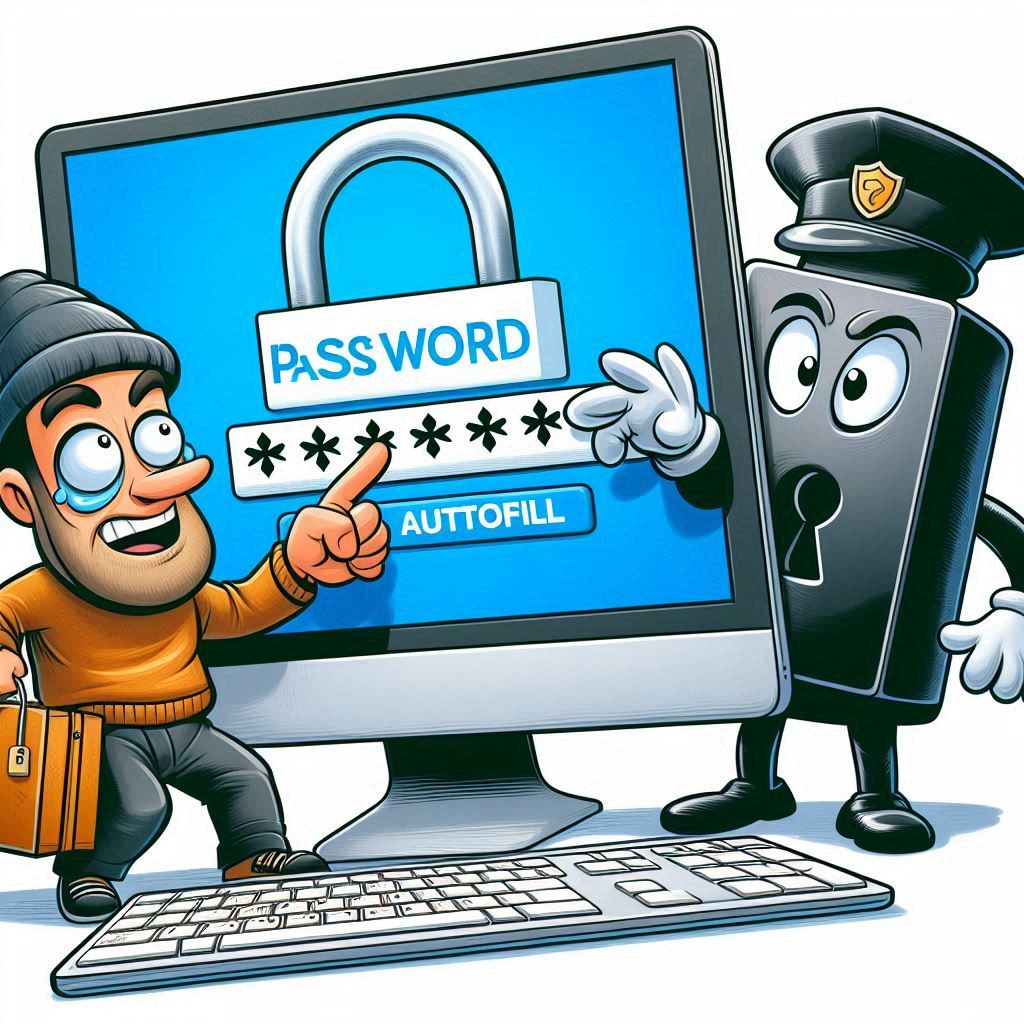Posted On 24 Jun 2025
Password autofill is a convenient feature offered by browsers and password managers, designed to save users time and effort by automatically filling in login credentials. However, while this feature enhances convenience, it also poses potential security risks. Understanding these dangers can help users strike a balance between ease of use and protecting sensitive information.
- Vulnerability to Phishing Attacks One of the major risks of password autofill is its susceptibility to phishing attacks. Cybercriminals create fake websites that mimic legitimate ones to steal login credentials. If password autofill is enabled, it might automatically insert your details into these malicious sites, granting hackers access to your accounts. Users often overlook subtle differences in URLs or website layouts, making them easy targets for such schemes.
- Exposure to Malware and Keylogging Malware infections on a device can exploit stored password data. Keyloggers or other malicious software can extract login credentials saved in autofill databases. While password managers encrypt data, they are not entirely immune to sophisticated cyberattacks. A compromised device could give hackers a way to access your entire list of saved passwords.
- Risk of Shared or Public Devices Using password autofill on shared or public devices is highly risky. Even if you log out, autofill settings might remain active, allowing the next user to access your accounts unknowingly. Forgetting to disable autofill or clear browsing data leaves your sensitive information exposed to unauthorized access.
- Weak or Reused Passwords Autofill’s convenience often encourages users to adopt weaker or reused passwords, believing they don’t need to remember them. However, this practice creates vulnerabilities across multiple accounts. A single compromised account could lead to a domino effect, exposing other platforms with the same credentials.
How to Mitigate the Risks To reduce the dangers of password autofill, consider disabling it on devices you don’t fully trust. Use strong, unique passwords for each account and rely on reputable password managers with robust encryption. Enable two-factor authentication (2FA) for an added layer of security. Additionally, stay vigilant against phishing attempts and regularly update your software to guard against malware.
While password autofill offers undeniable convenience, its potential risks highlight the need for caution and proactive measures. Protecting your digital identity requires a careful balance between ease of use and security awareness.









